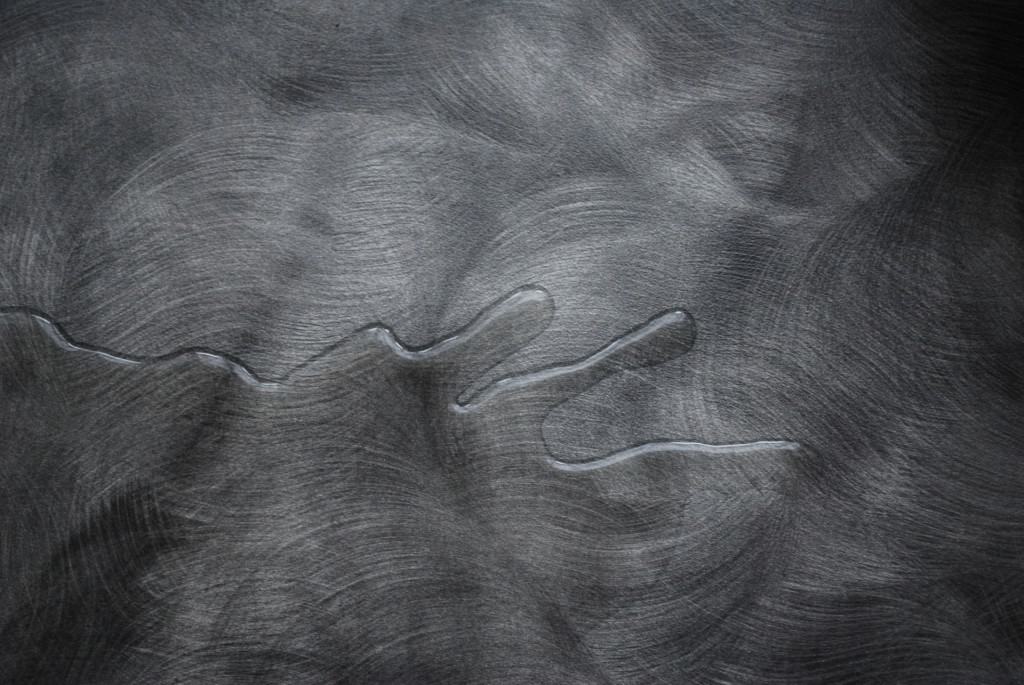
Air ventilation is often the first thought when considering formalin safety, but what is the protocol for liquid spills? Even the most steady-handed pathologist can encounter accidental spills. Skin contact with the spill can result in allergic reactions, blistering, and hives among other symptoms. If skin does come in contact, immediately rinse with water and a mild detergent for a minimum of 15 minutes. If irritation persists, seek medical attention right away. It is critical for every facility to have a clearly communicated process for hazardous material spills.
Depending on the severity of the spill, it may be acceptable for laboratory personnel to clean up the spillage. Appropriate training should be provided prior to beginning work in the facility. It is important to note that protective gear should be worn at all times including eyewear and gloves. According to the OSHA, water spray may be used to help reduce the vapors released. If the spill is fairly small, paper towels may be used for absorption and then placed in a marked sealed bag. A spill kit should be easily accessible for larger, yet still manageable spills, which contains items such as a neutralizer and a marked hazardous waste bag. The neutralizer can simply be spread onto the formalin to quickly soak up the moisture. Ensure that disposal of any material is compliant with the facility’s procedures, as well as state and federal measures. Before returning to work after a spill, any contaminated equipment should be thoroughly cleaned.
If a spill can be considered major, the area should be evacuated and the associated hazardous spill team should be contacted immediately. If possible, a designated person should extinguish any open flames in the area. Not sure what is considered a major spill? The University of Rochester produced a clear and concise table to clarify:

Table Source: https://www.safety.rochester.edu/labsafety/formaldehyde/pdf/Formaldehyde_Spill_Protocol.pdf
The majority of formalin spills can be prevented by keeping the work area organized and clear of clutter. To reduce the risk of accidents, store formalin in air-tight containers and keep specimen containers in secondary containment bins. A specified procedure should be adhered to for any transferring of formalin.
